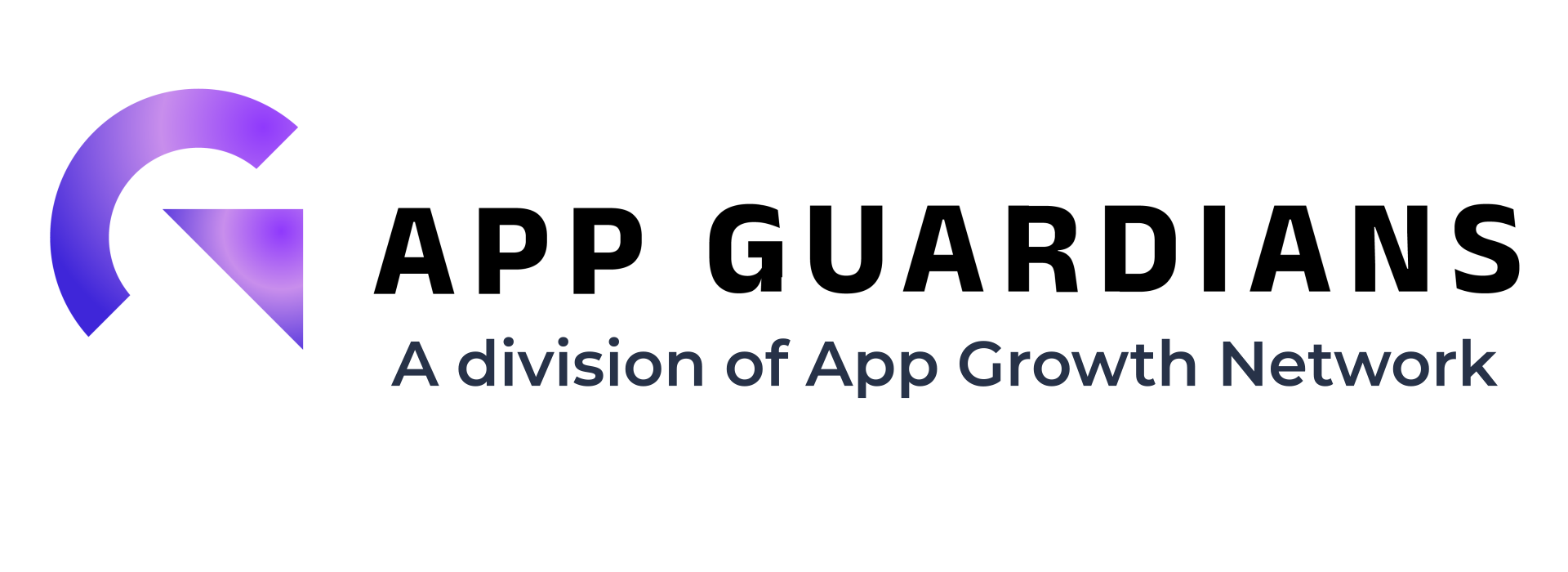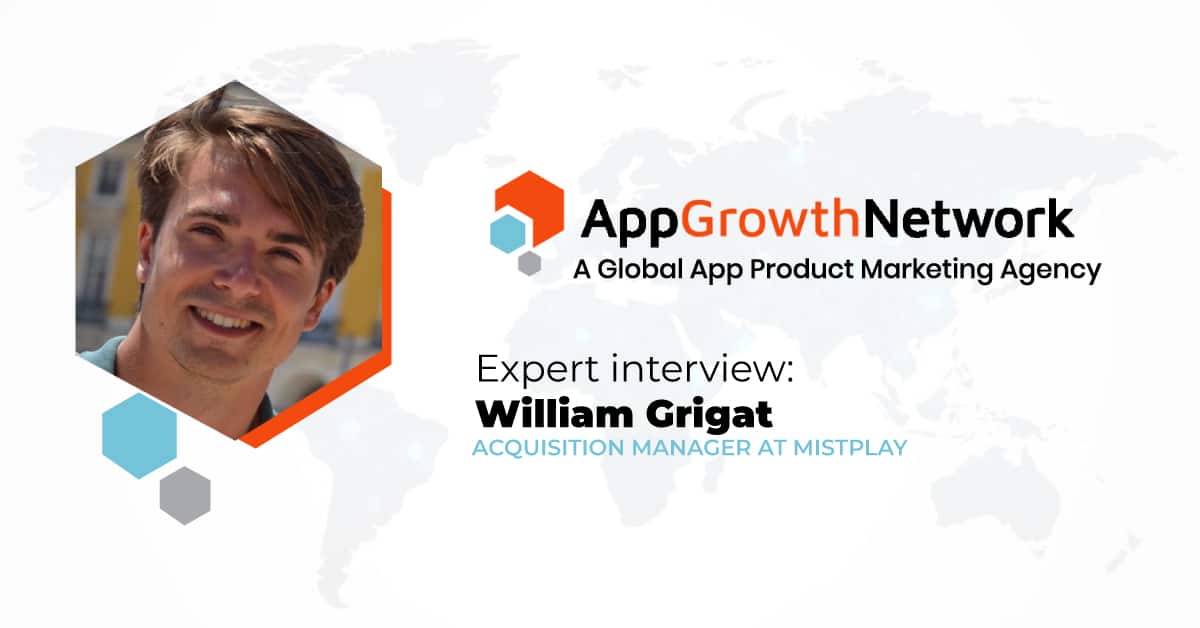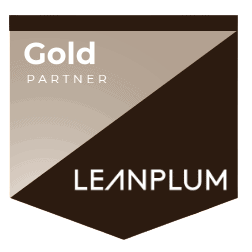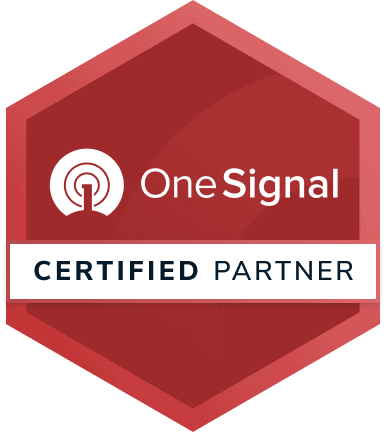Expert Interview: William Grigat, UA Manager for Mistplay App
This week we get some amazing gaming user acquisition insights and tips from William Grigat of Mistplay. We cover hot topics from what it really means to be a UA specialist, how to approach media networks and advice on tackling globalization the right way for hyper-casual games. Read on to get this valuable information straight from an experienced insider source…
- About William Grigat
- About Mistplay
- Performance on Advertising and publishing model
- Prioritizing Titles
- User Acquisition Journey
- Main acquisition vehicles
- Third Party Ad Networks
- Tools Outside of MMPs
- Approach to Globalization
- Logistics to a global ecosystem
What you’ll learn in this Expert Interview with William Grigat
About Mistplay App
William, please introduce yourself and tell us how long you’ve been in the app industry.
I’m William Grigat, I’ve been working about a year and a half at Mistplay growing the app to 10 million installs. We’re in 13 geos: US, CA, UK, AU, NZ, SG, DE, FR, DK, FI, SE, NO, KR. I actually started UA while here at Mistplay app, so I’m new to this industry.
So, we know that the Mistplay app focuses only on Google Play. Can you tell us more about the app?
The Mistplay app is a loyalty platform for mobile gamers, so the value proposition we have for users is that they can keep playing games the way they always have – we’ll reward them with points for doing that, and they can use those points to redeem gift cards, participate in contents and get involved in community activities – like chat. The apps we have on Mistplay are all direct clients and for them we’re a media vendor and a source for traffic.

So do you guys perform on an advertising and publishing model?
We are currently just monetizing the app through partnerships – as a vendor – but we’re just getting into the publishing ourselves. Now that we have a platform, diversifying it into our own studio was a normal extension. Gaming and gamers are our only focus. We have over 100 titles – all games – on Mistplay.
So it’s an app that has a lot of apps inside. Games within a game. How do you prioritize those titles?
Initially, it was rather simple, the kind of thing you’d see on a reward wall where the highest payout for us and the highest rewarding game for users would show up on top, but now we have a Netflix-type of recommendation engine where we show the users games that we think would be interesting to them.
About User Acquisition for Mistplay App
So, after a year and a half, and being new to the mobile industry – walk me through that journey and what did you learn in terms of user acquisition?
That’s a good question for me to answer. Starting off, user acquisition seems mostly like a day trading job – where you optimize, get good ROIs, move budgets around, etc. But you learn pretty quickly that the real value is not from this kind of work and that most of it is on its way to getting automated out of existence anyways.
It’s a lot more about trying to find new placements, negotiating deals with partners, and trying to get more insights from the partners. Things I’ve learned about the job is that a lot of value comes from discussing ideas with networks and getting insight on what’s the new thing seeing success. You go from two extremes – from a super quantitative job to something much more relationship based.
Google Play is highly dependent on Google Ads and organic app store optimization, so what’s the right mix here – do you guys rely on these channels as your main acquisition vehicles?
I wouldn’t say that for Mistplay app we rely on them as our main channel, although they are important. We do use Google Ads, but most of our spend is actually going into in-app advertising. And the way we see organics is just as a byproduct of a lot of the SDK advertising and other forms of advertising that we do.
In terms of ASO, we haven’t really made that a major focus for us. The reason is that we’re trying hard to maintain an independent brand from those games that are on the app. Whereas a typical game would have opportunities to work on their title, logo and a/b test elements of the app store listing, in our case, we try to keep those things consistent, that removes a lot of the leeway that we have in terms of ASO.
So you use third-party ad networks to get traffic to your app and you sell it because you have to make money. How do you create the right ecosystem for you?
It’s a challenge to balance our ROI and the ROI of advertisers on Mistplay – so those two KPIs are something we look at side-to-side all the time. Essentially, it’s valuing the down-funnel partner KPIs in our UA thas has generated a lot of interest for Mistplay as a vendor.
We also value retention metrics quite a bit – sometimes above ROAS. The monetization ability of Mistplay varies with the games that are being offered on the app. So a focus on retention gives us more confidence in the ability of the cohorts to monetize well over time.
Do you have any in-house tools outside of your MMPs?
We do have our own dashboards, but in terms of streamlining our workflow, we’ve recently made efforts to build a very technical UA team. We now have a programmer in the team whose main focus outside of network management is on writing scripts to automate as much of the manual reporting, analysis or bid change work as possible.

Globalization Strategy for Mistplay App
Take us through Mistplay’s approach to globalization…
We intend on being available in as many geos as we can, but we’re focusing on profitable growth. We had to shut down a few geos in the past because we hadn’t done enough in localizing both the app and the ads.
One interesting data point we found out as we were re-expanding was the qualitative reaction to ads – Facebook comments, for example – in a geo we’re not very familiar with. We found it’s really interesting to look at because people are really critical in ad comments; they don’t mind leaving their opinions. So we use that as good feedback to see if something that worked in the US works in the UK or in Australia – they’re all English geos but they’re very different in the way that they react to ads and that’s been very actionable info for us.
What do the logistics of working in a global ecosystem look like?
One challenge of working in a global environment is with the development of creatives. We want to localize high performing ads, but need processes to quickly test them first.
We were also wondering whether to separate the UA managers by network or by geo – we decided that by geo would offer us more benefits. So, within our structure, someone will be tasked with being aware of all the particularities of a specific country’s advertising. In the long-run we could have one UA manager specialised in Korea and one specialized in Germany and so on. In our opinion, this team structure could be a big factor in helping us be competitive when working within our global ecosystem.
Related Articles
For Wellness apps, the most challenging approach is the conversion of the user from passive to active. [...]
In the realm of App Store Optimization (ASO) for iOS applications, a relatively untapped yet highly effective strategy [...]
In today's competitive app market, it's crucial for app developers and marketers to reach a wider audience and [...]
